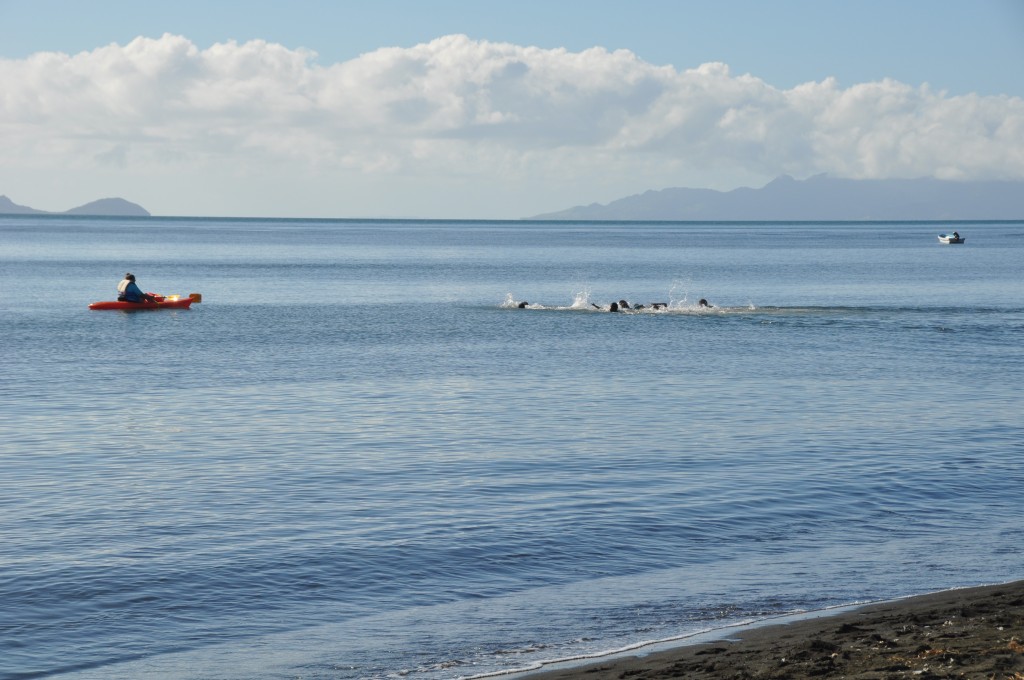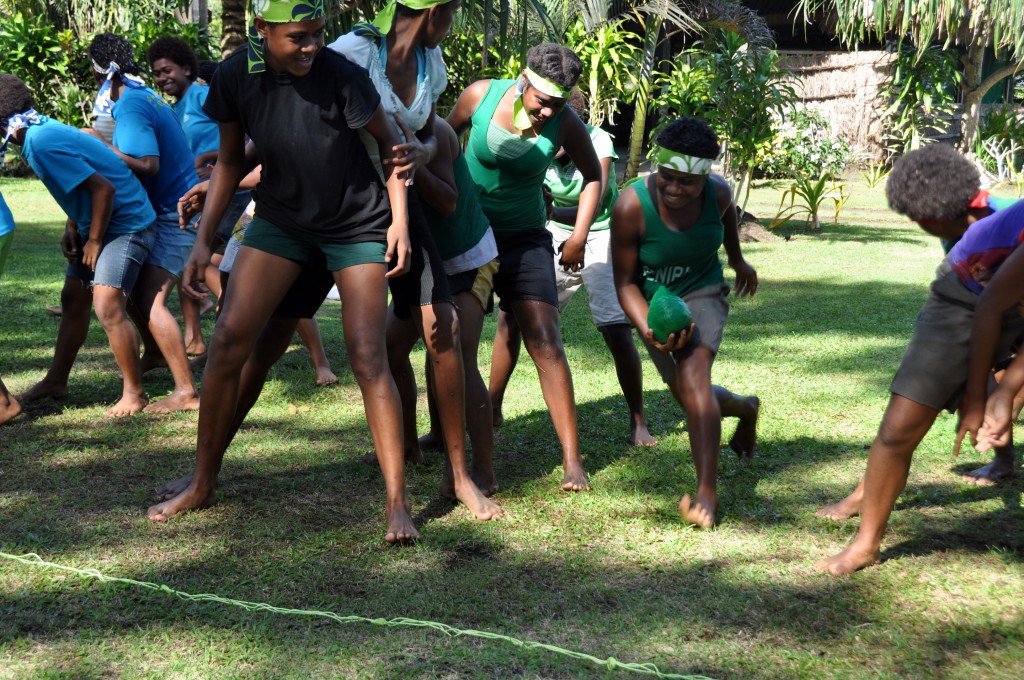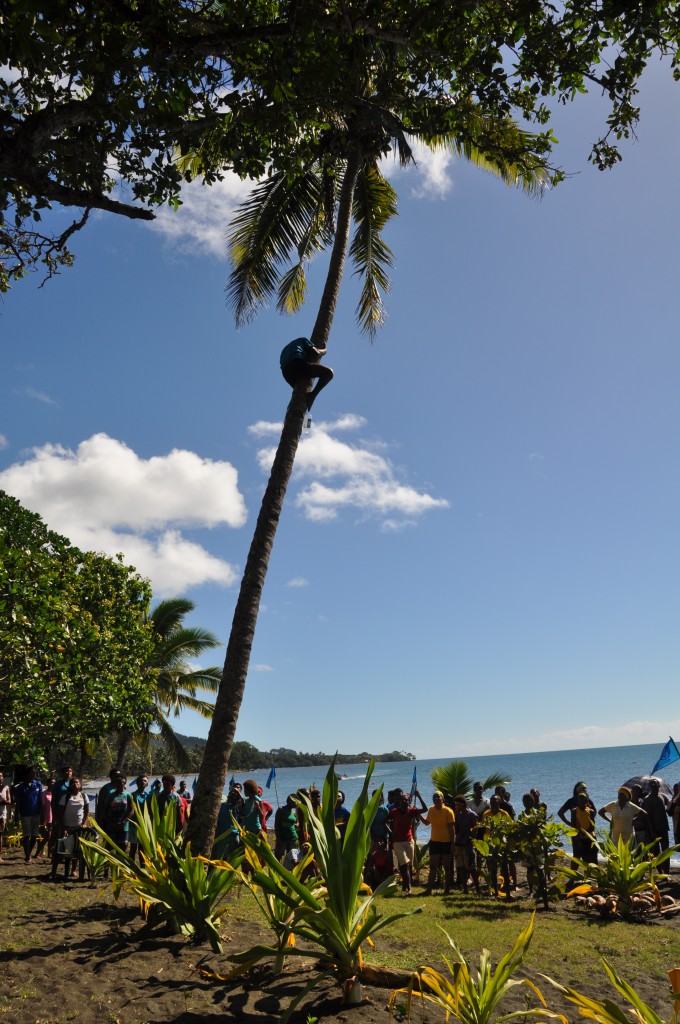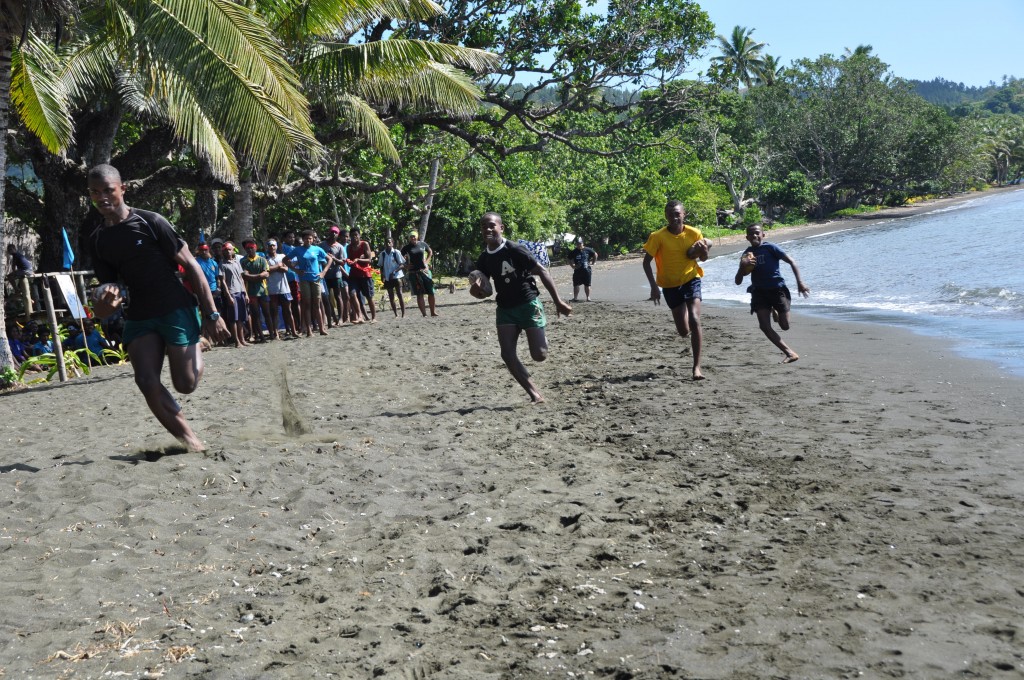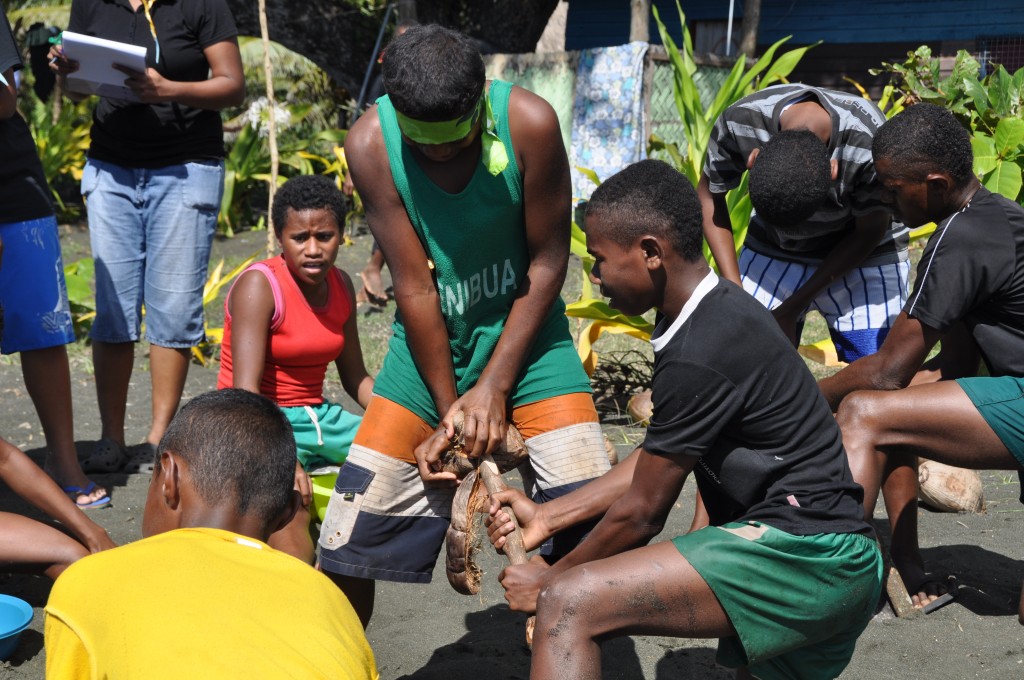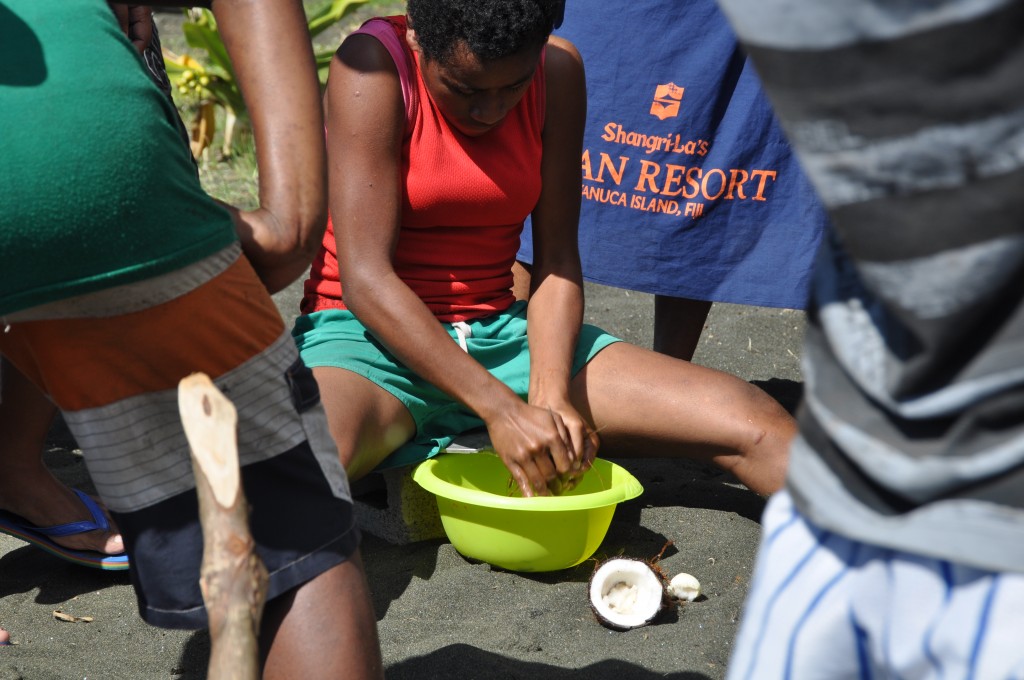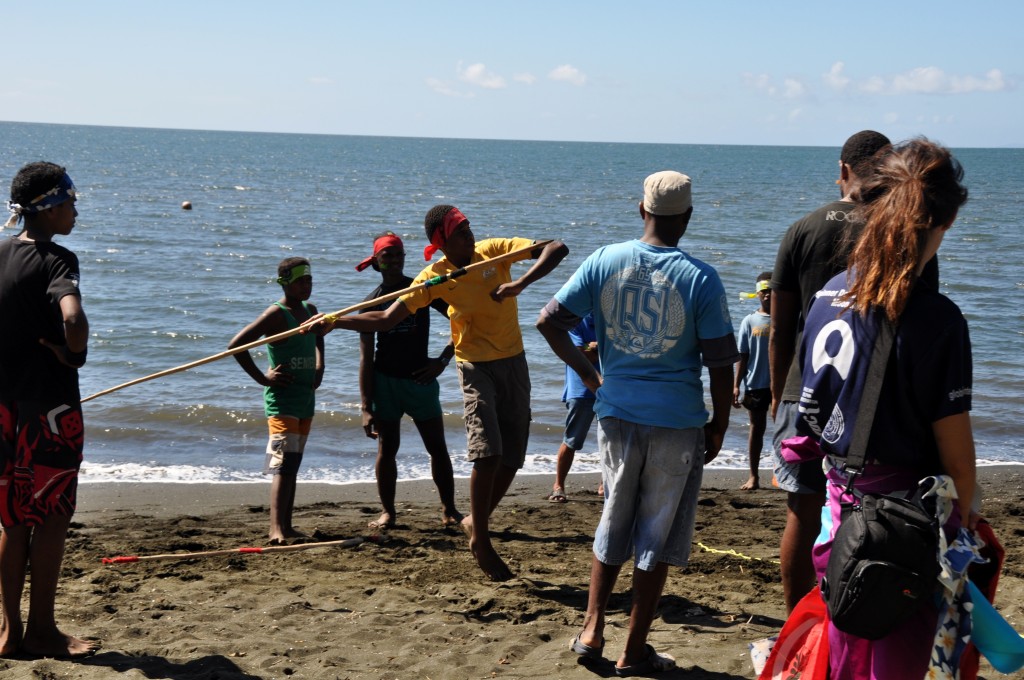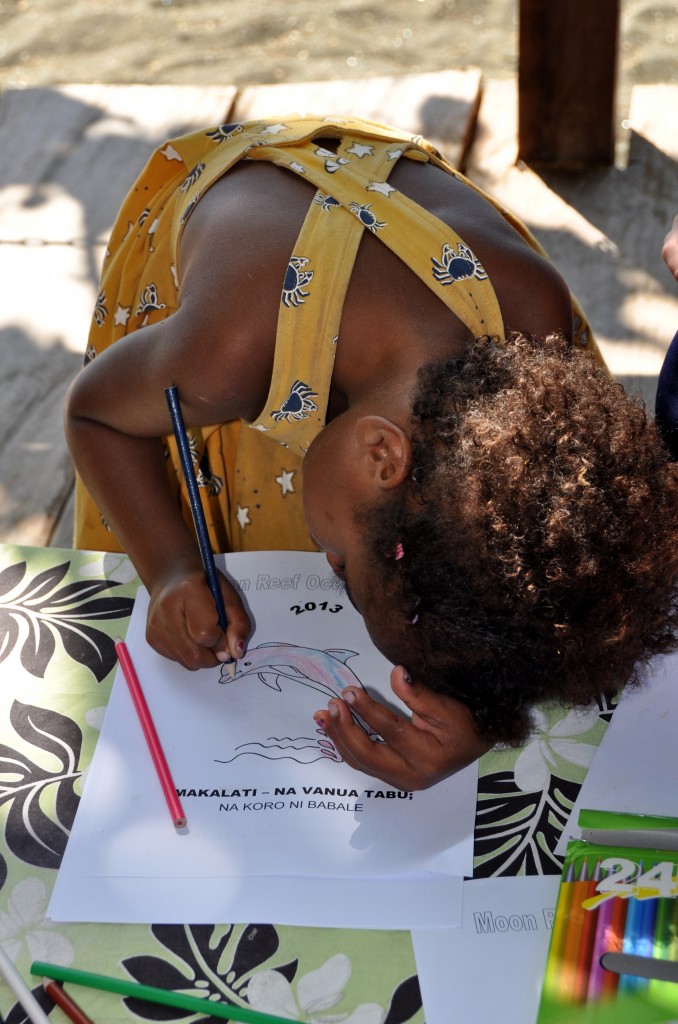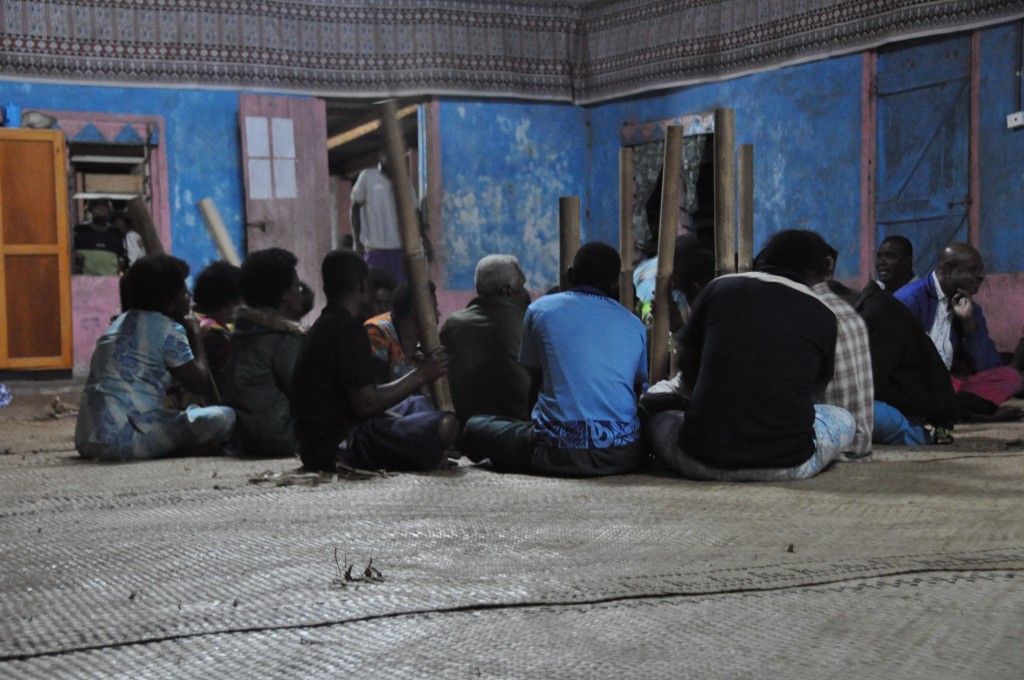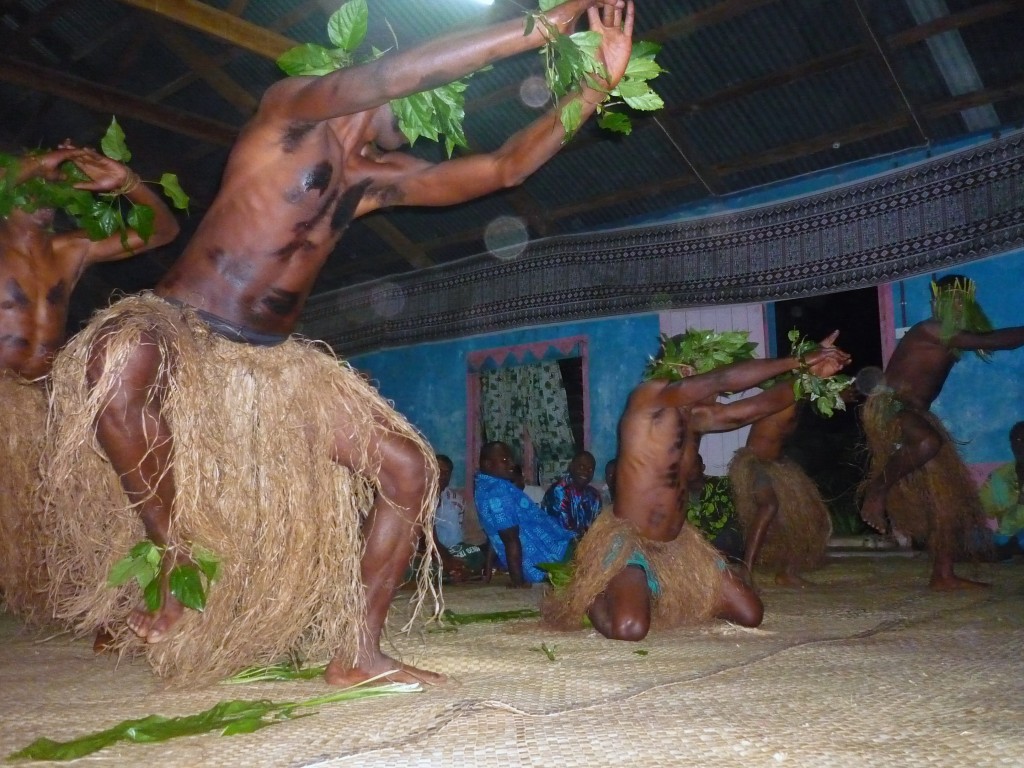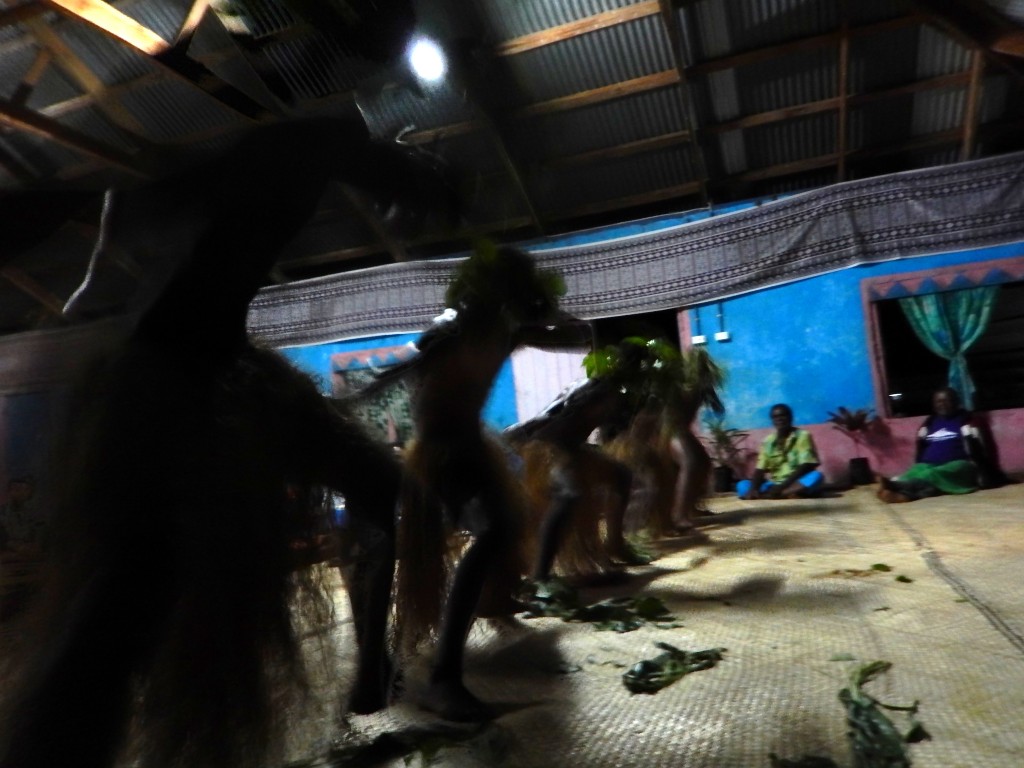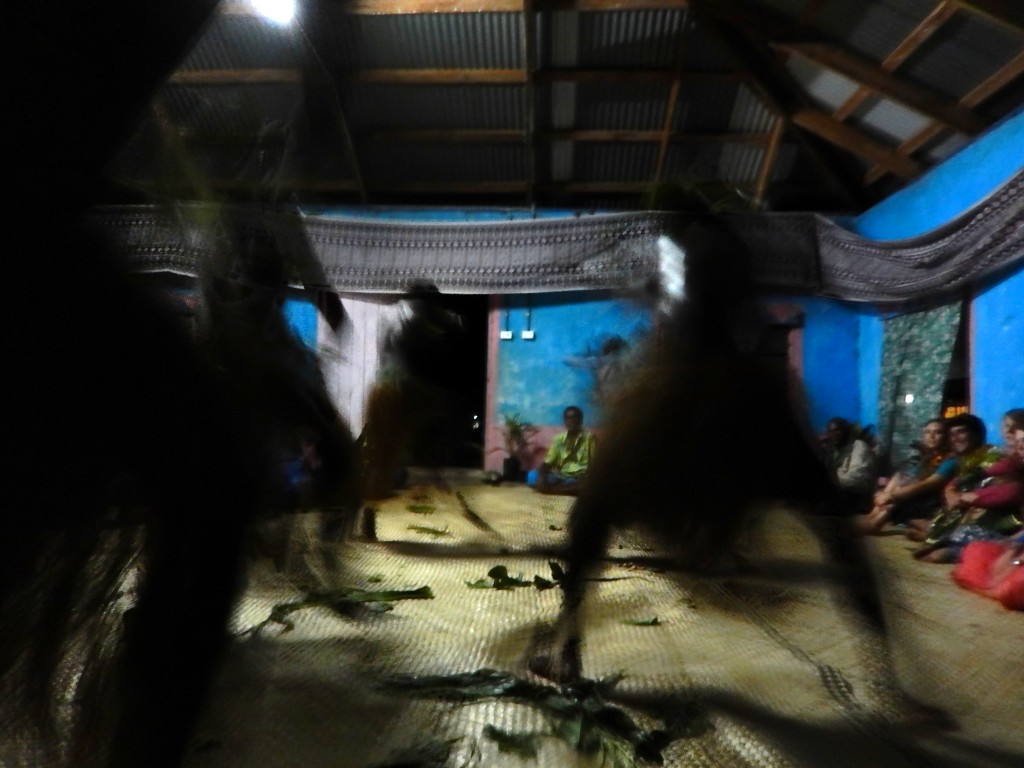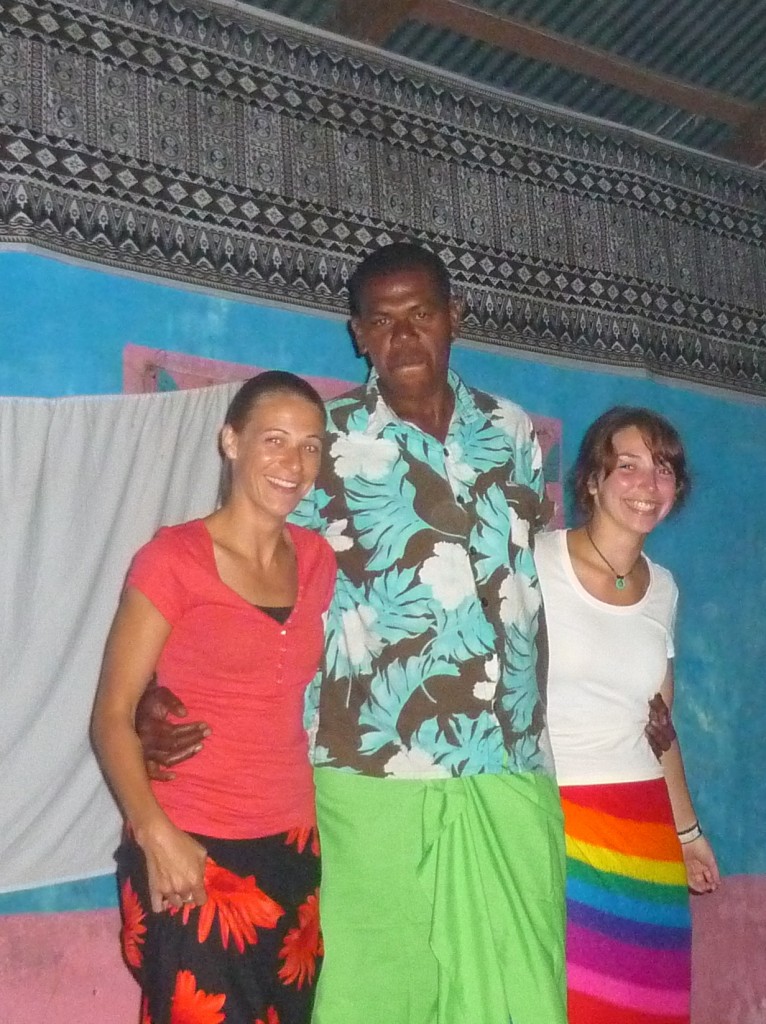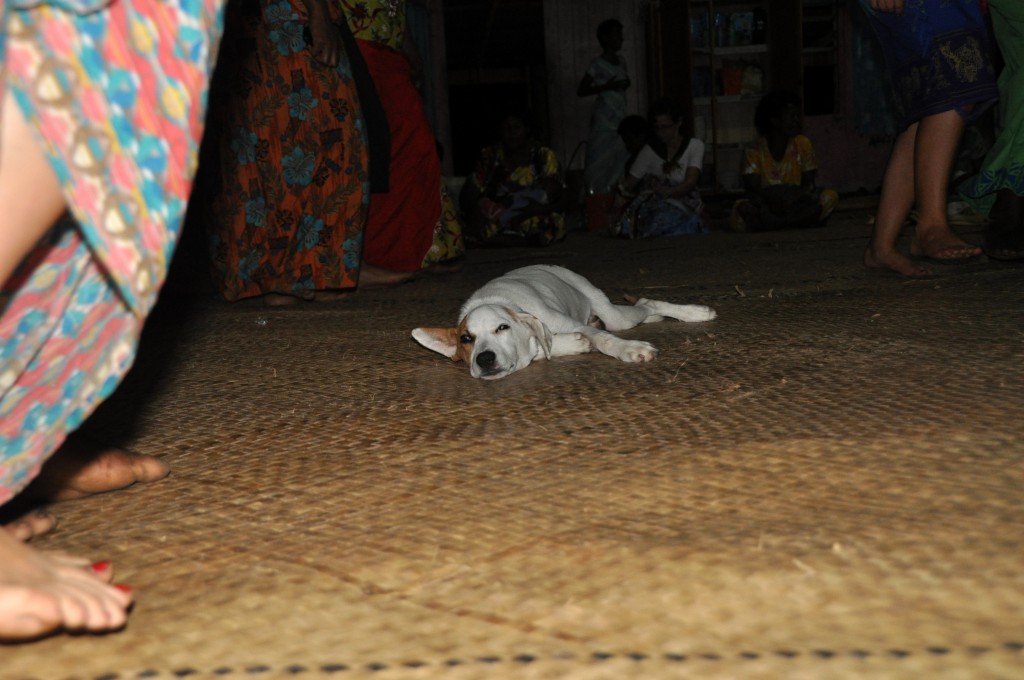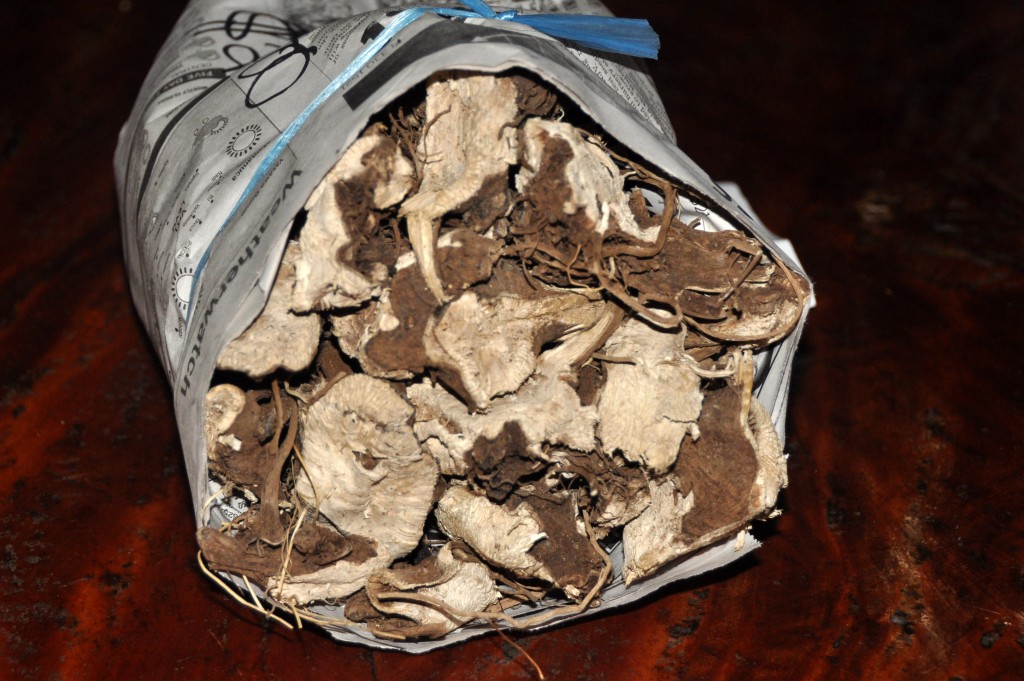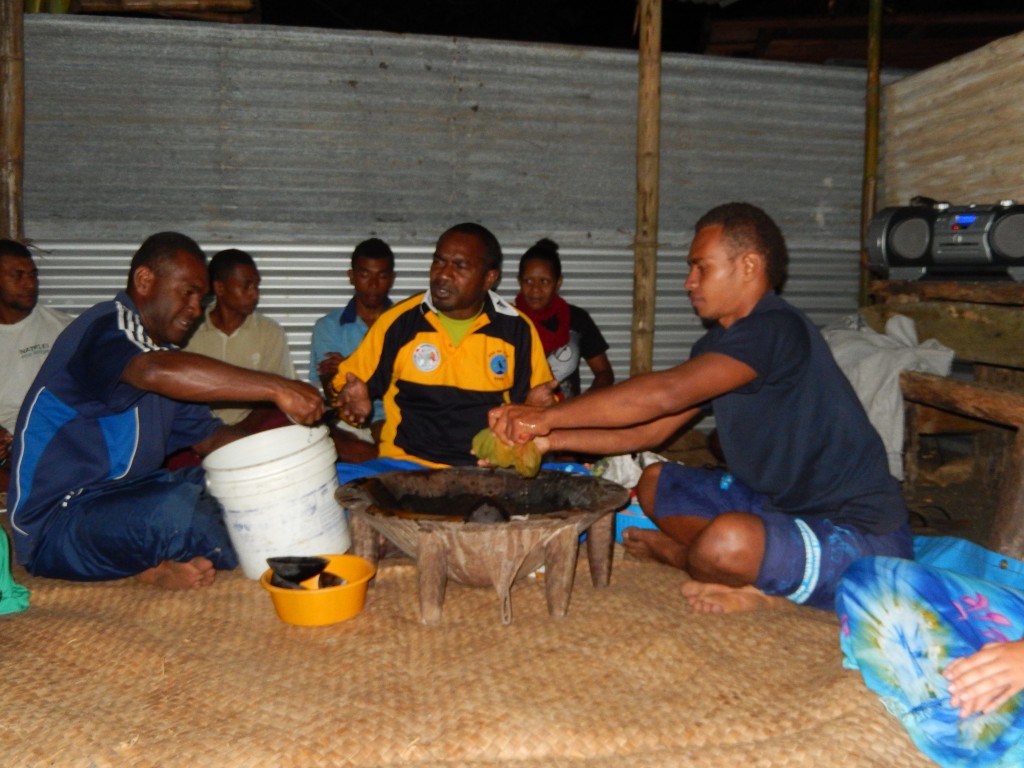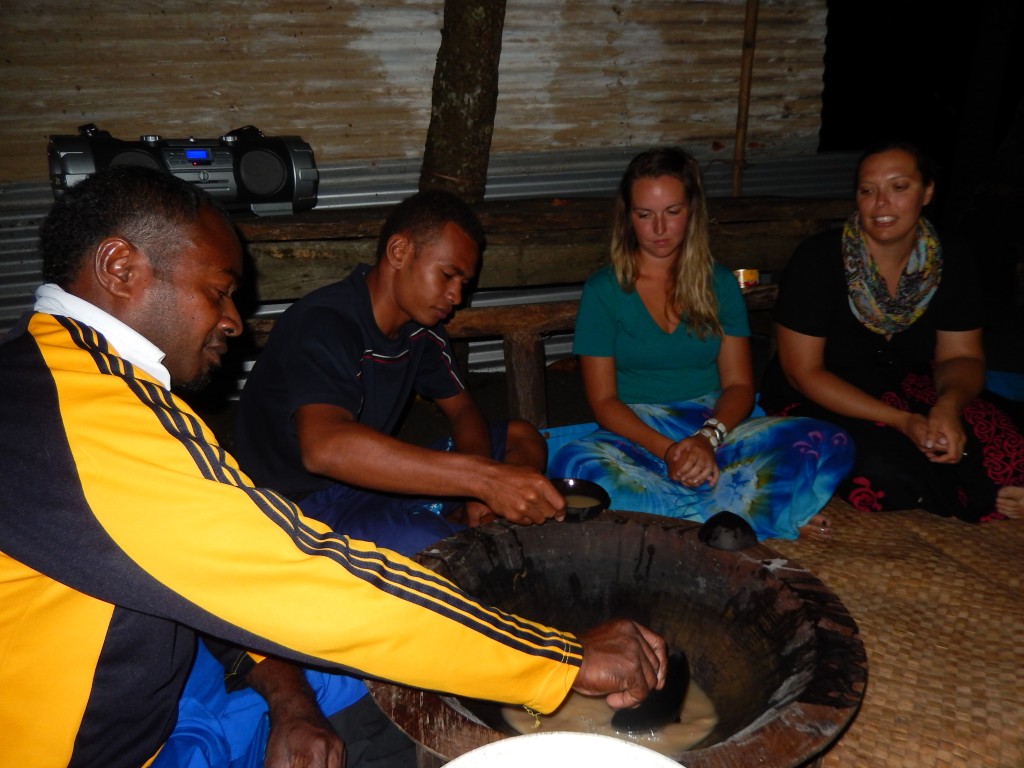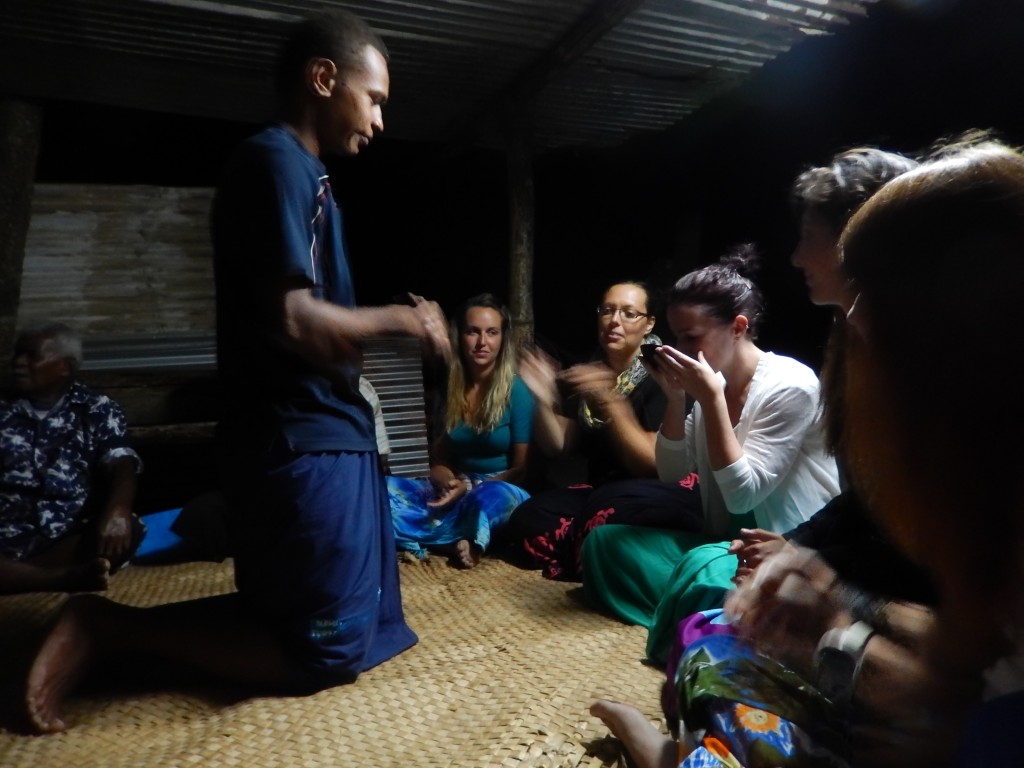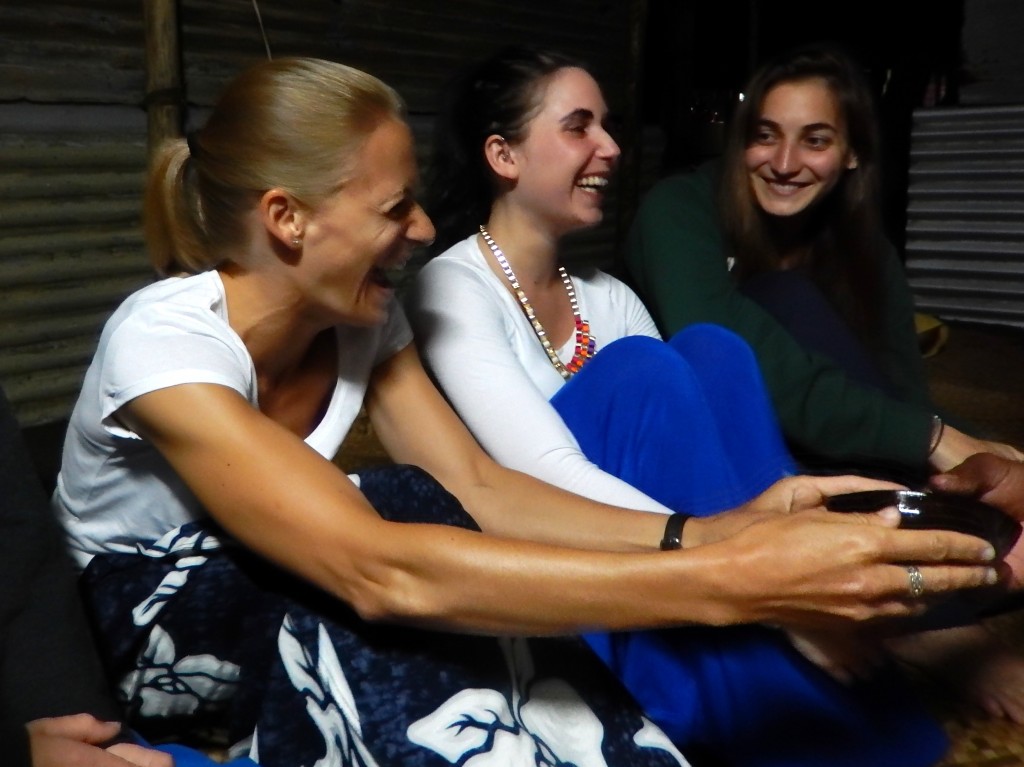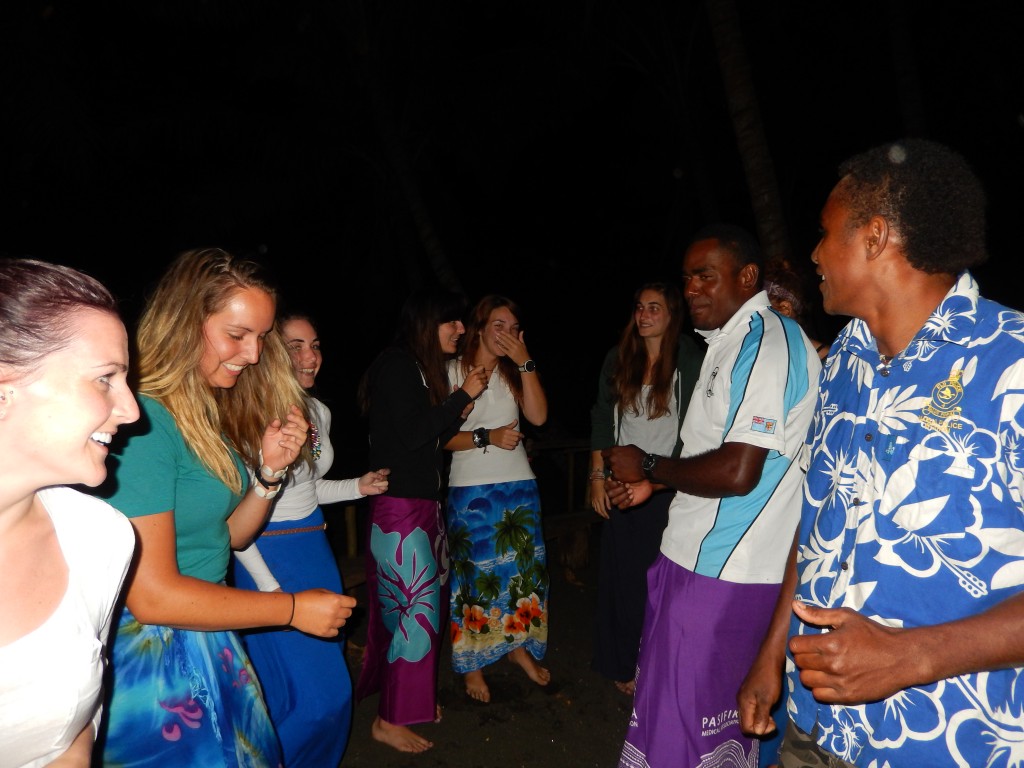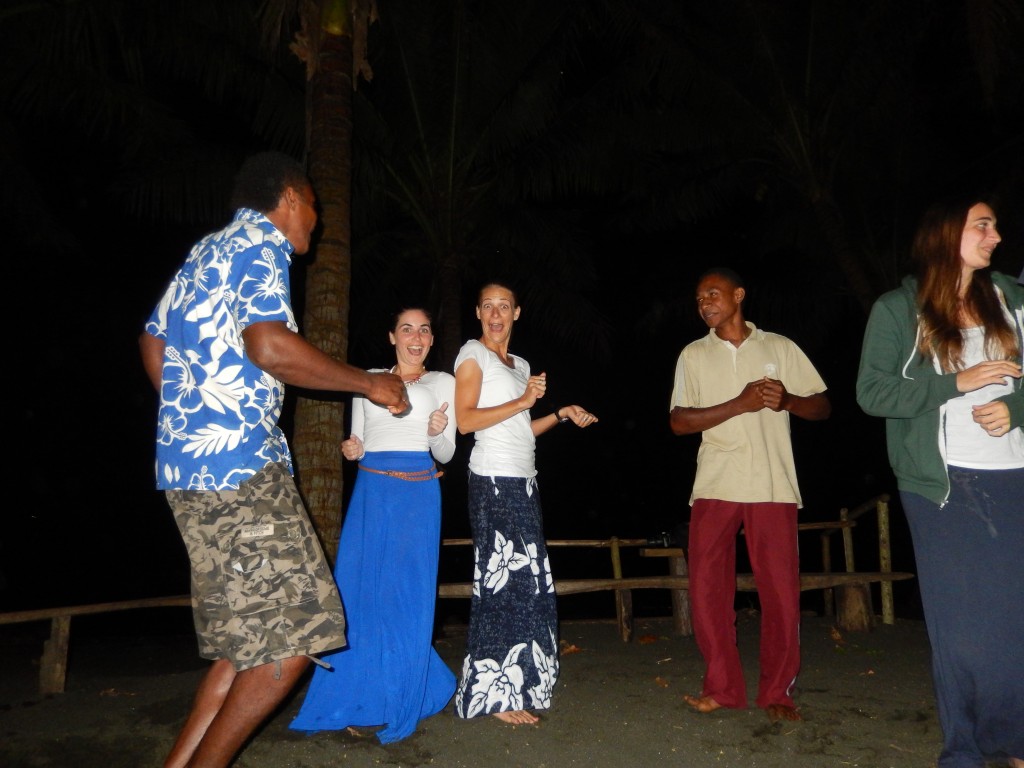University of the Sunshine Coast (from Queensland, Australia) was also with us in Nataleira for a few days, studying the Crown-of-thorns starfish that are growing in numbers on Moon Reef. Coincidentally, they had arranged the annual Moon Reef Ocean Festival while we were there and asked us to help out.
 The festival was intended to be fun for the kids from local villages, while simultaneously educating them about how to protect and conserve the biodiversity of the Dawasamu region. From an educator’s standpoint, the awareness portion was definitely lacking, but the kids surely had a good time!
The festival was intended to be fun for the kids from local villages, while simultaneously educating them about how to protect and conserve the biodiversity of the Dawasamu region. From an educator’s standpoint, the awareness portion was definitely lacking, but the kids surely had a good time!
The festival was set up as a series of competitive events for kids from the secondary school, with each “House” (think Harry Potter) trying to win the greatest amount of points in order to take home the Champion’s trophy.
The day started off with the Ocean Swim.
Then came Coconut Tunnel Ball races. I actually had no idea what Tunnel Ball was until this day, but apparently it is a popular game here in the Southern Hemisphere.
Next, the boys took turns racing up a coconut tree to reach a bell hung at the very top. It was crazy how good/fast they were.
After the tree climbing, was the Coconut Relay, which turned into total chaos! First, the boys picked up a coconut and raced down the beach and back.
Then, they passed the coconut to another boy who shucked it.
After being shucked, the third member of the team – a girl – shredded it.
Finally, a few boys participated in the Spear Throwing competition. The wind was really strong at the time, so it also turned into a bit of a mess, but thankfully no one lost an eye!
While the older kids were competing, the younger ones were gathered around tables coloring and being read to.
What was really surprising was that these kids had no idea what the picture they were coloring was. They had never seen a dolphin before, neither in real life nor in books. It’s hard to imagine, given that there are so many dolphins just a few miles from them…dolphins that they will be responsible for managing and protecting as the next generation of village leaders. On the other hand, how could anyone expect them to know? They live in tin shacks without television, Internet, or most importantly books. Think about how you learned what a dolphin was: your parents showed you picture books, showed you movies, took you to the aquarium, or even on a dolphin watching boat if you were lucky. There is no aquarium in this country. The village has a boat because we use it and fund it. I would bet money that not a single child from Nataleira or Silana village has ever ridden in a boat before, let alone spent a day at Moon Reef.

